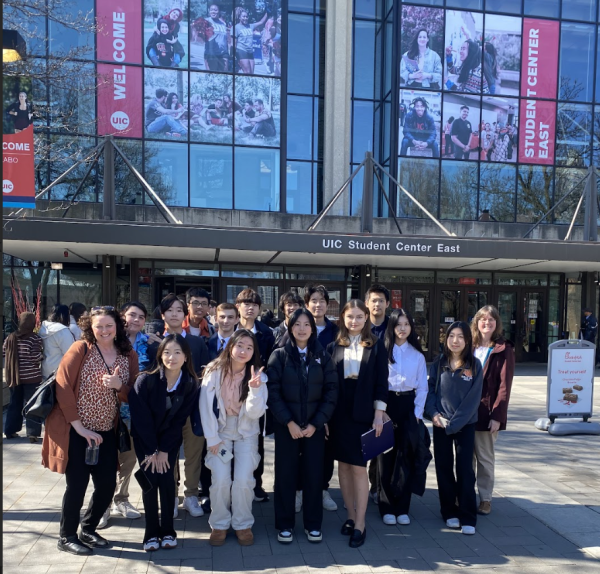Teaching styles: a change in attitude over approach
December 7, 2022
Teaching is often one dimensional. I often picture classes under a room filled with closed blinds and plastic tables – where students take in each morsel of information the teacher spoon-feeds with his blunt chalk across the blackboard. In some cases, I think of an auditorium where an instructor uses multimedia presentations to feed into student engagement. But in past experience, both means of teaching cannot remain oblivious to the mountains of workbooks piled on individual desks aligned in 4×10 rows, or the self-proclaimed motivational, yet hyper-politicized idioms that manages to cost 1 to 2 hours of sleep for a lifetime of inconsideration.
Before you conclude this as a shoddy or off-topic generalization of academic classes, I did the unseemly work to recollect and contextualize my (pre-LFA) experience in order to produce, or go in the direction of producing a more informed view over the differences in teaching styles.
As I study abroad at LFA, classrooms with 40+ students did not exist, nor classes designated by grade-level. Our low student-teacher ratio keeps everyone engaged, and there is no hiding in the back of the class. This gives teachers the opportunity to emphasize skill-building, student-led discussions, and learning beyond the classroom. Many ask students to write their own annotations, assign corrections for quizzes or major assessments, and assign assignment due-dates at the end of the respective unit.
For AP classes, most teachers tend to follow College Board standards and evaluate student works based on their rubric for the respective course. At the same time, some teachers – teaching the same class – will introduce assignments or projects beyond the AP curriculum. This encourages creativity, provides flexibility in standards, and bridges the gap between ethics and academia by introducing materials that transcend practical or ethical impacts.
On the other hand, students – taking the same class – sometimes face incredibly different workloads, depending on their teacher. Often, students struggle to adapt to differing experiences with differing educators, wishing that they had the (other) teacher that suited their learning style. Though teachers must sympathize with student stress over differing work loads, a long-term prescription of conformity will eventually drive a rude awakening for students who fail to cooperate or handle relationships with professors differing from their preferred style – given that there’s little to no curricular oversight in college.
Thereby “difference” should not receive a negative connotation. What is needed is not a change in individual approach, but a change in student attitude and proactivity towards learning – which is fluid and not fixed. Teachers can not possibly satisfy each of their students’ learning preferences, at least not all at once. They should abide by necessary units within the curriculum and convey personal or scholarly passions to create a just learning environment.
An equal regard towards content mastery alongside skill proficiency is the bottom line. Then, teachers will deliver materials that are consistent with their personality along with the respective department’s philosophy. Having diversity in pedagogy drives a symbiotic relationship where learning is not standardized, but self-driven or developed without encroaching upon guardrails or foundational elements. Therefore, as students grow to see past credit or brandings such as the “AP curriculum,” classes will set the stage for confidence and mutual development, with divergent teaching styles serving as merit.














